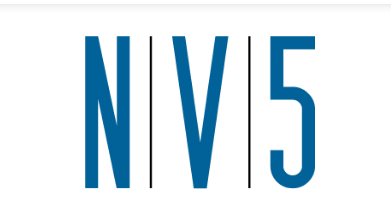Target’s Winning Retail Strategy: In-House Brands, Strategic Partnerships, and the Anticipated DvF Collaboration”

At present, Target does not provide a paid membership option, although this could change in the near future, distinguishing it from its larger competitors. Unlike its prominent peers, Target does not offer streaming services or similar features. Additionally, its online and delivery presence is not as extensive, although the acquisition of Shipt for $550 million in 2017 has strengthened its fulfillment capabilities.
READ: New York Businesses Ordered to Require Masks Indoors or Vaccine Proof
Rather than aggressively expanding to compete directly with Walmart or Amazon, Target has adopted a more subtle and purposeful approach, constructing its own customer-centric model, which has proven successful in recent years. Central to this strategy are Target’s extensive in-house brands, totaling 50 “owned” brands exclusive to the retailer as of February. These brands, which cover various categories, have become household names and are well-received by consumers.
Some notable and successful owned brands by Target include:
All in Motion (activewear)
Casaluna (bedding and bath linens)
Everspring (organic and sustainable cleaners)
Good & Gather (food and snacks)
Hearth & Hand with Magnolia (interior decor by HGTV’s Joanna Gaines)
Goodfellow & Co (menswear)
Market Pantry (food and pantry staples)
Room Essentials (low-cost home and dorm decor)
Smartly (low-cost cleaners)
Sonia Kashuk (low-cost makeup tools and accessories)
Threshold (home decor)
Up&Up (household staples)
Xhilaration (women’s and junior’s basics)
Many of these brands encompass a wide range of products, such as home decor, personal care items, cookware, formalwear, maternity wear, athletic apparel, swimwear, party supplies, and more. This approach proves successful, as these labels are often offered at more affordable prices than external brands, leading Target shoppers to make significant purchases.
For instance, All in Motion generated $1 billion in revenue within the first year of its launch. Overall, Target’s exclusive brands contribute $30 billion in annual sales, and the retailer continually introduces new brands and expands existing ones.
However, Target’s growth is not solely attributed to its owned brands; the retailer also strategically collaborates with external brands. These partnerships involve launching highly sought-after products at prices below the average market rate, prompting enthusiastic shopping behavior. Notable collaborations, such as with Stanley and Lilly Pulitzer, have resulted in swift sellouts and subsequent resale at premium prices online.
Target’s latest collaboration announcement with high street fashion designer Diane von Furstenberg is anticipated to captivate female shoppers. Known as DvF, von Furstenberg is renowned for her contributions to fashion, particularly the invention of the wrap dress. While her typical dresses range between $300-$500, Target’s collection will feature pieces primarily within the $4-$50 price range. The collaboration encompasses approximately 200 pieces, including swimwear, activewear, matching mother-daughter ensembles, pajamas, and the iconic wrap dresses. Target is also set to introduce a DvF home decor line. The collection is scheduled to launch on March 23, 2024, with a high likelihood of rapid sellouts.




